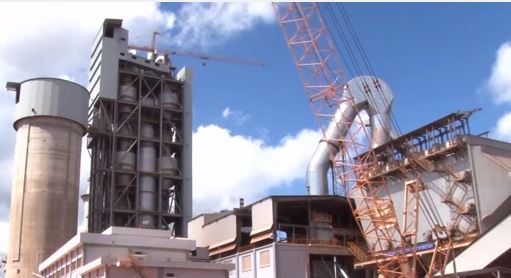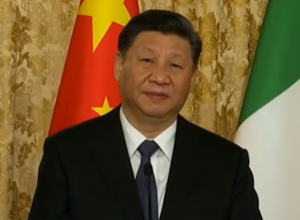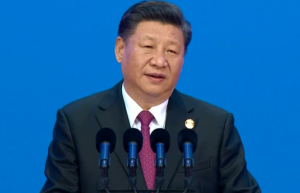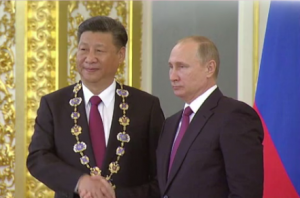
Global Times: Premier Li Keqiang set China’s GDP growth target for 2017 at around 6.5 percent, which is expected to be higher if possible in practice, according to a government work report delivered to the public on Sunday.
The target is in line with both economic principles and realities, which will “help stabilize market expectations and facilitate the country’s structural adjustments,” Premier Li Keqiang said at the opening ceremony of the fifth session of 12th National People’s Congress, China’s top legislative body.
The closely-watched target is the lowest in 25 years and is set at below last year’s target range of 6.5 percent to 7 percent. China’s lowest GDP growth target was 6 percent in 1992.
But Chinese economy will still outpace most other economies in the world this year, according to the IMF’s January forecast.
In January, IMF upgraded its forecast for China’s economy in 2017 to 6.5 percent, 0.3 percentage points higher than its October projection.
There are still many challenges and uncertainties confronting China over the course of the year, including the ongoing slowdown in the world economy and simmering protectionism, according to the work report.
Stability will be a more prominent policy focus. “An important reason for stressing the need to maintain steady growth is to ensure employment and improve people’s lives,” the report said.
Over 11 million new urban jobs will be created this year. A registered urban unemployment rate is expected to stay within 4.5 percent. The target for consumer price inflation was set around 3 percent.
“[China will] pursue better results in actual economic work,” Li said.
The country has good economic fundamentals, well-built infrastructure and a good reserve of policy instruments at its disposal, he noted. China will stick to a pro-active fiscal and prudent monetary policies in 2017.
Meanwhile, policymakers plan to deepen structural reforms. For example, China cut more than 65 million metric tons of steel production capacity in 2016, and will cut another 50 million metric tons or so in 2017. At least 150 million metric tons of coal production facilities will also be closed.
Li highlighted that the country needs to put more effort into reducing property inventories in third- and fourth-tier cities.




